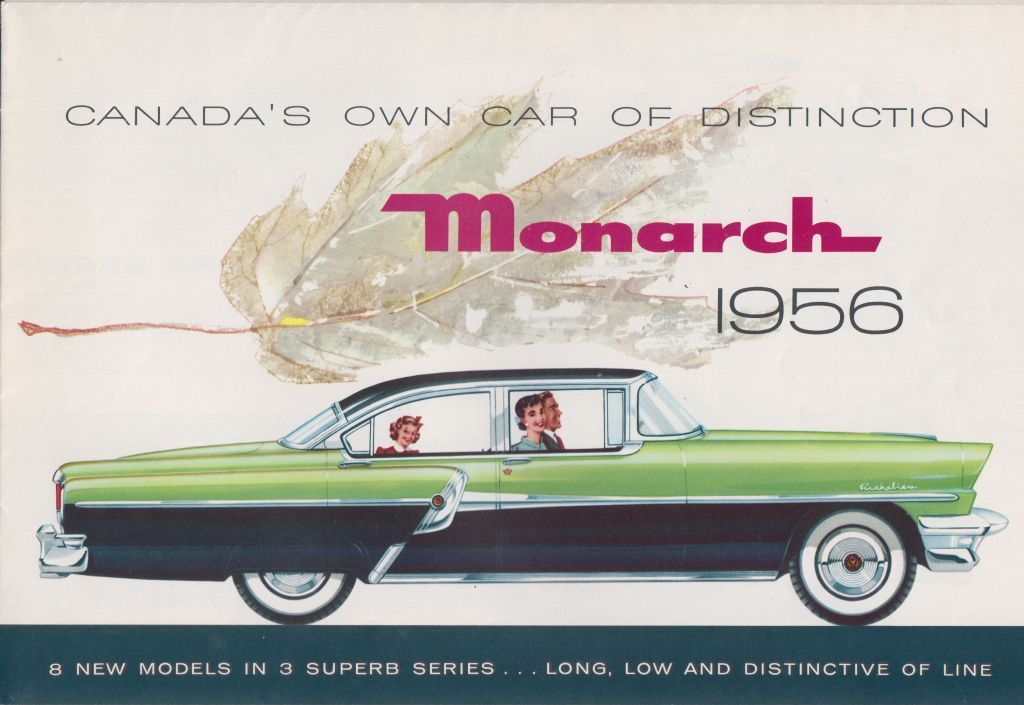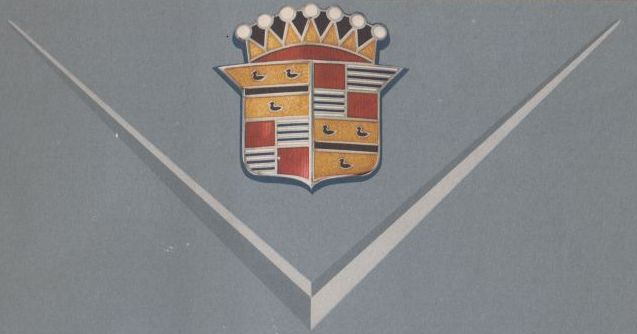French Canadian Names
For auto manufacturers producing vehicles for the Canadian market – and especially during the 1950s and 1960s – French Canada proved a source of inspiration. Manufacturers of models destined for Canadian consumers gave the products French names to strengthen the cars’ Canadian cultural identity.
French Canadian Names
For auto manufacturers producing vehicles for the Canadian market – and especially during the 1950s and 1960s – French Canada proved a source of inspiration. Manufacturers of models destined for Canadian consumers gave the products French names to strengthen the cars’ Canadian cultural identity.
Between 1962 and 1971 General Motors of Canada produced and sold the Acadian. The marque’s name honours Acadia, a 17th-century colony of New France that included parts of Eastern Quebec and the Maritime Provinces. Acadians were deported from their lands by the British between 1755 and 1762. Many resettled in Louisiana, where the unique Cajun culture emerged. Years later some Acadians returned to the Maritimes after being granted permission by the British Crown. The majority settled in Eastern New Brunswick, where their culture and heritage remain today.
Acadian, 1963. Collection of the Canadian Automotive Museum.
The Meteor Montcalm was named after Louis-Joseph de Montcalm, the famous French general who defended Quebec against the British at the battle of the Plains of Abraham in 1759.
Promotional image of a Meteor Montcalm, 1961. Collection of the Canadian Automotive Museum.
The Ford Motor Company introduced the Frontenac as distinctively Canadian – naming it after Louis de Buade de Frontenac, a 17th-century Governor General of New France. The vehicle was produced and sold in Canada for only one year, with 9,536 assembled by the Ford plant in Oakville, Ontario.
Frontenac brochure, 1960. Collection of the Canadian Automotive Museum.
Between 1946 and 1961 the Monarch was a marque available only in Canada. The Monarch Richelieu got its name from Cardinal Richelieu, an adviser to King Louis XIV of France, and from the Richelieu River in Southern Quebec.
Promotional image of a Monarch, 1956. Collection of the Canadian Automotive Museum.
Cadillac logo, 1949. Collection of the Canadian Automotive Museum.
Cadillac: A Canadian Connection
Antoine Laumet de La Mothe Cadillac (1658–1730) was a seigneur in the French colony of Acadia in the Maritimes. He went on to be commandant of Michilimackinac, at the junction of Lake Huron and Lake Michigan, and later founded the city of Detroit, Michigan. In 1902 the newly founded Cadillac Motor Car Company in the United States took its name from the colonizer. Cadillac is an interesting character with a somewhat dubious reputation. Upon his arrival in New France in 1683, Cadillac invented a noble ancestry for himself, hiding his true identity as the son of a humble magistrate and a bourgeois housewife. He created his own family crest, which was later adopted as the car company’s logo. Cadillac was known as a boastful, ambitious, and quarrelsome man, who was often at odds with his colleagues in the French government. He was also the subject of gossip – rumours spread about him being chased out of France for his loathsome behaviour. When Cadillac returned to France in 1717, he was imprisoned in the Bastille for five months.




